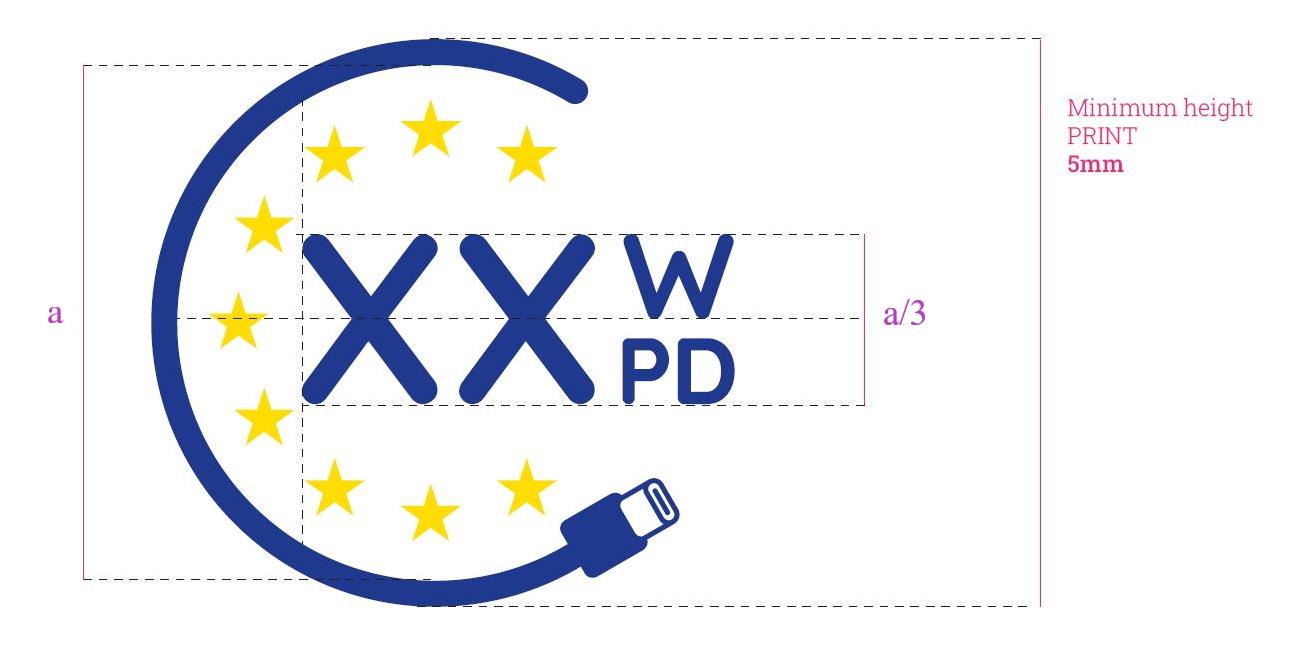On June 7, 2019, the European Union published Directive (EU) 2019/882, also known as the European Accessibility Act (EAA). The directive complements the European Web Accessibility Directive (EU) 2016/2102 (Web Accessibility Directive). Accessibility means that products, services, or environments should be designed to allow people with disabilities to be able to use them equally (directly or indirectly (with some degree of assistance).
Applicable Products & Services:
For specific products covered by the EAA, please refer to Article 2 Scope of Chapter 1 of the EU Directive (EU) 2019/882 (hereinafter referred to as "relevant products and services"). The specific "Accessibility" requirements are detailed in Directive (EU) 2019/882 ANNEX 1. Some example products include:
- computer and operating system
- ATMs, ticket machines and check-in machines
- Smartphones
- Television equipment related to digital television services
- Telephone service and related equipment
- Access to audiovisual media services such as television broadcasting
- Air, bus, rail and water passenger transport related services
- Banking services
- E-book
- E-commerce
Implementation time and transition period:
According to Directive EU2019/882, all relevant products and services, in particular digital technologies, that enter the EU market after 28 June 2025 must be accessible to persons with disabilities and older persons. The goal is to standardize accessibility and ensure easier access to relevant services and products.
Products that have been on the market or services that have been provided before June 28, 2025 can continue to be used for the duration of the contract, but with a maximum transition period of 5 years. That is, by 28 June 2030, the EEA must fully apply to all relevant products or services offered on the EU market, including those already on the market before 28 June 2025.
Click on this link to view the original Directive (EU) 2019/882.
